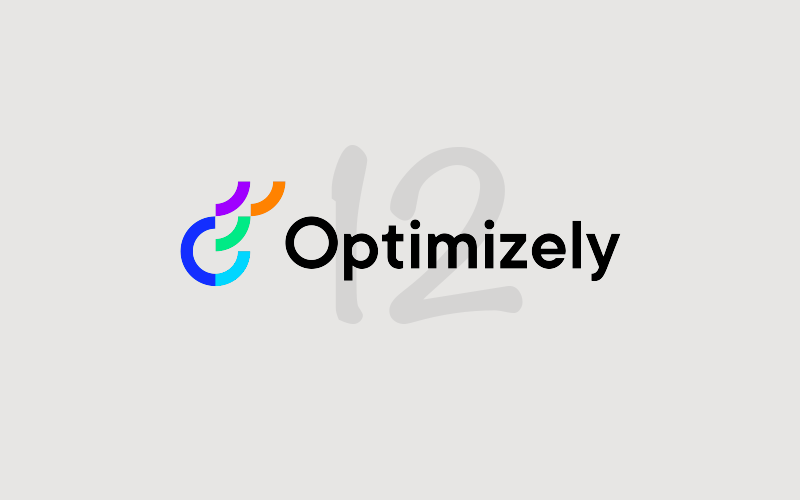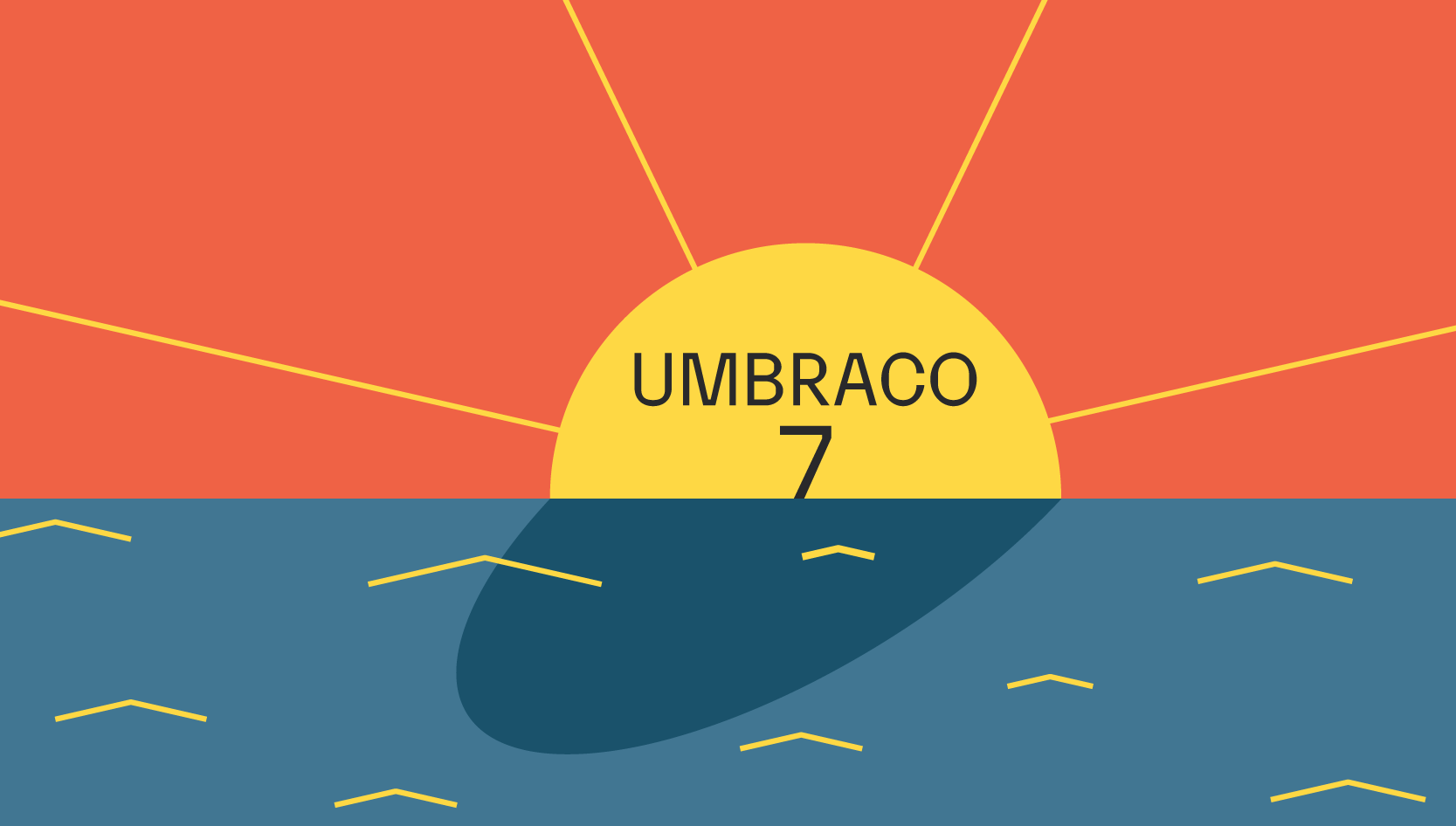How to Budget for an Episerver Migration
Chris Osterhout SVP of Strategy
Here’s what you need to know to plan your budget for migrating your company’s website site from Ektron to Episerver.
There's been a lot of buzz surrounding the recent decision for Gartner to stop publishing its Web Content Management (WCM) report in favor of releasing a new report on Digital Experience Platforms (DXPs). With so many customers looking to create online experiences that their customers "actually" want, DXPs offer a unique set of integrated core technologies that support the composition, management, delivery, and optimization of these contextualized digital experiences.
Episerver, as a leader in the 2020 Gartner Magic Quadrant for DXPs, is continuing to shake up the market for its ease of use and ability to create these customer-centric experiences. However, the roadmaps for organizations to reach the level of digital maturity that a DXP offers are often too long, meaning when they are finally in a position to execute, they are already several years behind their competitors. This almost always translates to an organization's ability to plan and budget for these initiatives. In fairness, when it comes to budgeting for a migration to a DXP such as Episerver, there is a lot to consider.
What does your technology stack currently look like?
It is critical to understand what technologies you are currently using that are or should be integrated with your website. While Episerver does offer many integration capabilities that are native to the platform or through its App Marketplace, it's important to know that real-time integrations can add complexity and costs to your overall project budget. If you are currently using technologies like the ones listed below, you should plan on at least 20% of the overall project budget to be dedicated to these integrations to ensure that they are working as designed:
- A Customer Record Management (CRM) system, e.g., Salesforce or Microsoft Dynamics
- A Marketing Automation Platform (MAP), e.g., HubSpot, Marketo, or Pardot
- A Product Information Management (PIM) system, e.g., InRiver
- An Enterprise Resource Planning (ERP) system, e.g., SAP or NetSuite
- A Digital Asset Management (DAM) system, e.g., Widen or Bynder
- A Shipping Provider, e.g., FedEx, UPS, USPS, etc.
- A Payment Gateway, e.g., PayPal, Authorize.net, Stripe, etc.
It's important to note that the complexity of the integration dictates the budget. ERP integrations for e-commerce websites tend to be the most complex.
What does your current staffing look like?
Understanding the daily and weekly effort required by your staff who will be participating in the project's execution is critical. It may seem odd to think about budgeting for staff you are already paying for but let me explain. In almost every project we have ever encountered, the client's team members are working on a lot more than just the Episerver migration as part of their daily duties. This often leads to slowdowns in the project schedule due to approval delays, content migration delays, etc. This can translate to additional project costs in some of the following areas: software licensing, hosting, project management, temp staffing, etc. So, while your internal team costs are not usually factored into a platform migration budget, it's important to understand how your internal staff limitations may impact the overall migration budget.
Where do you currently sit in the Digital Agility Model?
When it comes to your organization's maturity from a digital agility perspective, it is critical to understand what your expectations are on a timeline for execution on growth. What I mean by this, is that if you are at the crawling stage for personalization from a digital agility perspective, simply migrating to a DXP is not going to immediately change that. For example, personalization and contextualization of content, products, etc., require a bigger strategy. The DXP will give you the tools to execute but you'll need the larger strategy first. So, when it comes to budgeting for a migration, it’s important to determine what level of education and training your team will need in these areas. If your goal is to go out of the gate after the site launch with a true customer-centric personalization strategy, it may be worth budgeting for the training and potential accelerators as part of your platform migration budget.
Do you have e-commerce capabilities?
If you have an e-commerce website, you already know that launching e-commerce websites are more complex and expensive than websites that only require content management capabilities. Beyond all of the needed integrations required for managing the flow, inventory, payment purchasing, fulfillment, and security of your e-commerce platform, you'll also need to factor in the different aspects of enterprise search providers such as Episerver Find. From an architecture and implementation perspective, these features cannot be overlooked. Features like faceted search, personalized search results, and contextualized product recommendations can make a huge difference when it comes to the success and/or failure of this business-critical application. However, these features require planning, user interfaces, and almost always, additional development and integration efforts. E-commerce websites normally cost at least 50% more than a standard content management system implementation.
Do you have more than one website?
When it comes to managing more than a single website it's critical to determine if those websites will be sharing the same codebase. True multisite management on Episerver requires a plan both from a content management perspective but also from a website coding perspective. The control of features like 301 redirects, robots.txt files, localization labels, etc., need to be baked into the plan from the beginning.
Additionally, if you have an e-commerce website, it is critical to understand whether or not you need a multisite configuration or a multi-tenant configuration because they are not the same thing. The distinction between a multisite and a multi-tenant solution has ramifications ranging from software licensing, integration development, Order Management Systems (OMS), and more. Multi-tenant solutions significantly increase the overall cost of the project, but more importantly, not understanding this requirement up-front can create a potential disaster (for both the website launch and project budget).
Do you have data that cannot exist in the cloud?
It is important to understand that the Episerver platform, which formerly was known as the Episerver Digital Experience Cloud (DXC) but is now called the Episerver Digital Experience Platform (DXP), is hosted in the Microsoft Azure Cloud. If you have data that for regulatory purposes cannot exist in the cloud, it is important to know that up-front. This affects a variety of costs including what type of Episerver licensing is required, Episerver pricing models, hosting costs, etc. Episerver has been praised for the simplicity of their pricing model (which is heavily based on annual website page views) but when it comes to perpetual licensing vs cloud-based licensing, there is a lot to consider and understand. While we almost always recommend hosting on Episerver's DXP, if your organization requires on-premises hosting, there are few things to factor in.
How much content do you want to migrate?
Content migration costs are one of the most overlooked aspects of any project. Understanding how many pages, assets, and/or products currently exist on your site is a critical first step in understanding the scope of the overall content migration efforts. The size and scope of content migration usually lead to one of the following approaches:
- Less than 1,000 pages/products - Migrate Manually
- Greater than 1,000 pages/products - Scripted Migration
While migrating content manually introduces the least amount of risk to the project budget, it does present decision points as to who can/should be migrating the content. For example, often client teams will hire temporary staff members to migrate the content as a lower cost option than paying an agency to do so.
Alternatively, a scripted migration approach introduces the most risk to a project and its budget. If the scripting does not go as smoothly as planned or if the content does not translate from the previous CMS to Episerver as cleanly as everyone had hoped, or if the links between the pages are broken, there will be a lot of post-migration clean up. The process of fixing all of the items outlined above is called "Content Remediation" which is very different from "Content Migration". If you are only planning for "Content Migration" in your project budget and you have elected to migrate your content via scripting, it may be wise to increase your project budget by as much as 20%.
Are you planning a website redesign?
One of the biggest decisions with any platform migration is to determine whether or not you want to redesign your website at the same time. Website redesigns are always a great time to migrate to a new platform because they often require new back-end features to be developed, all the front-end website code to be rewritten, and a content audit to determine what if any content needs to be created, updated, or removed to support the new design.
With that being said, there are also organizations looking to migrate to a new platform without redesigning their website. Believe it or not, the cost differential isn't that different! Mainly because, depending on how your current website is structured and how you want Episerver to work, a fair amount of the front-end website CSS/HTML will need to be refactored to support Episerver's robust capabilities. In which case, if you are already touching all the back-end coding to migrate to Episerver and you are refactoring a majority of the front-end CSS/HTML, it may make sense to just redesign the website along the way. Don't overlook the opportunity cost of not redesigning your website along with your migration to Episerver.
That's a lot of stuff. How do I "actually" determine a budget number?
When it comes to budgeting there is no one-size-fits-all solution. Depending on your organization, there are other things to factor in, e.g., can the budget be split across two fiscal years, can you CapEx the project and depreciate it over many years (CFO's love this). However, at a high-level you should be factoring in the following:
- A full design process which includes hi-fidelity prototypes (front-end development)
- CMS implementation (this is the back-end programming to make the website designs work on-top of Episerver)
- Integrations (MAPs, CRMs, DAMs, PIMs, etc.)
- Enterprise Search (Episerver FIND)
- Software Licenses
- Hosting Fees (during development if applicable)
- Project Management
- Training
- A 20% project contingency for unknown items that always will creep up. (You don't necessarily need this in your project contract but when you ask for the budget, we recommend asking for an additional 20%.)
Budgeting for a platform migration isn't all that different from budgeting for building a house. There are a lot of things to consider, but if you know what you want and ask the right questions, everything will turn out great in the end.
Migrating Your CMS?
Read our post on ways to avoid disaster when migrating CMS platforms.
Related Posts

Navigating an Optimizely CMS 12 Upgrade
Learn why an Optimizely CMS 12 upgrade needs detailed planning, efficient resource allocation, and an understanding of your organization's capabilities.

What Does Umbraco 7 End of Life (EOL) Mean for Your Website?
Umbraco 7 support has reached its end of life. To get your website upgraded, reach out to us today to discuss options.
Results Matter.
We design creative digital solutions that grow your business, strengthen your brand and engage your audience. Our team blends creativity with insights, analytics and technology to deliver beauty, function, accessibility and most of all, ROI. Do you have a project you want to discuss?
Like what you read?
Subscribe to our blog "Diagram Views" for the latest trends in web design, inbound marketing and mobile strategy.
